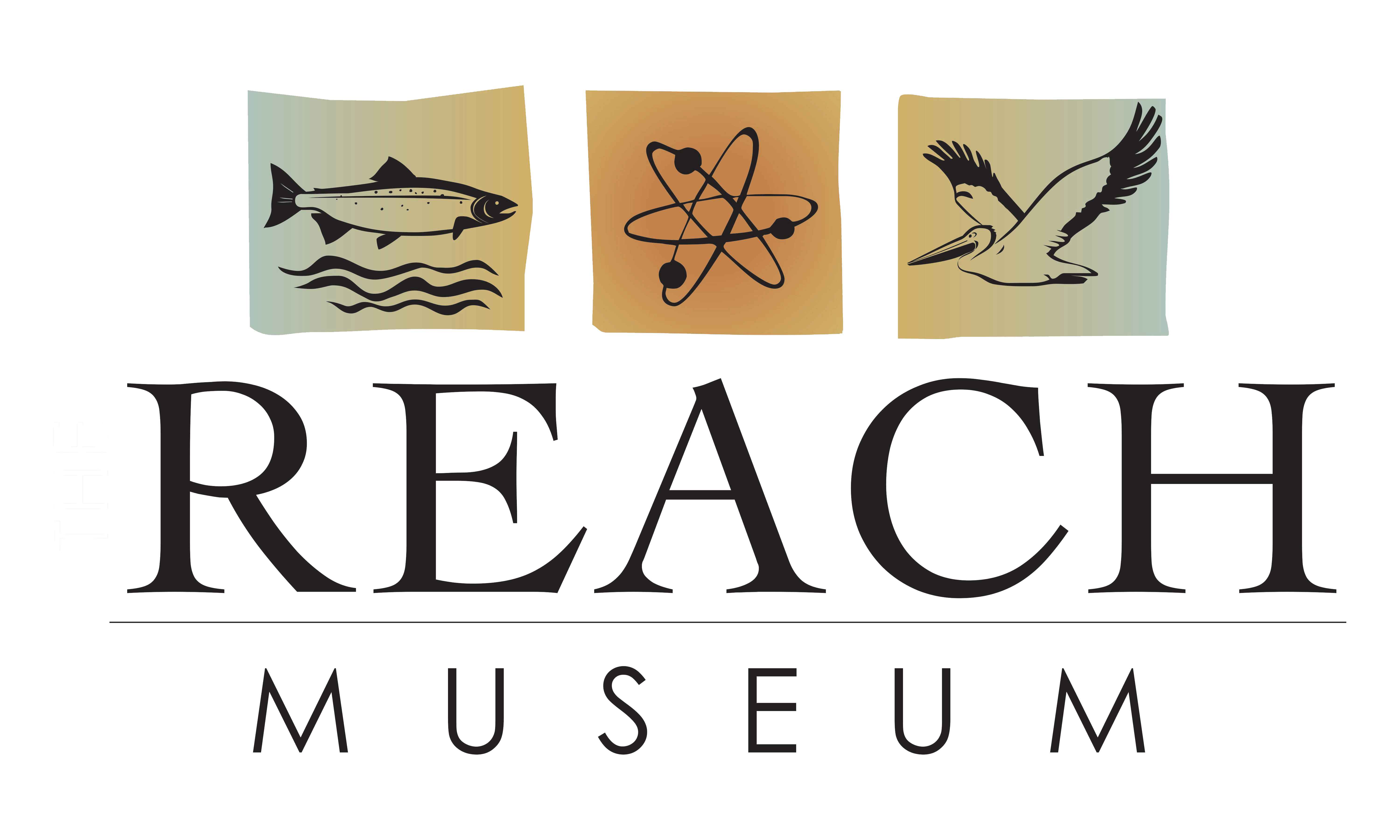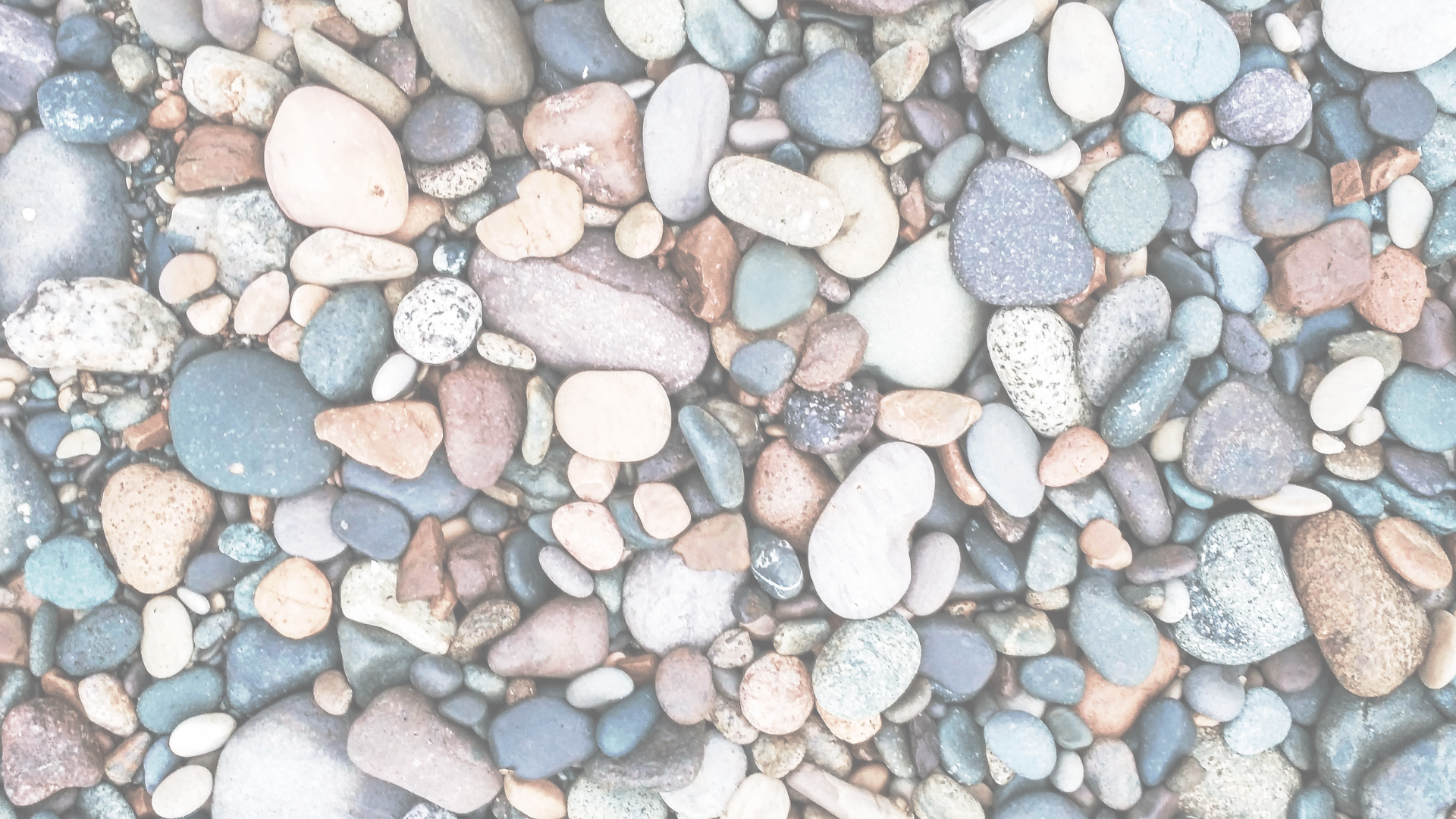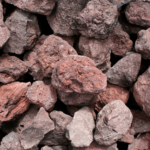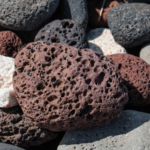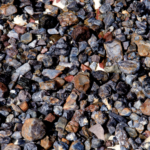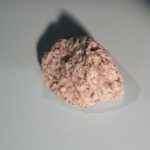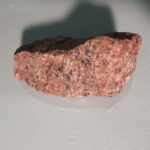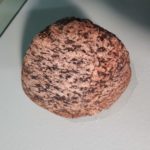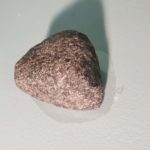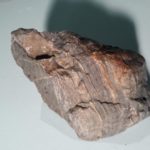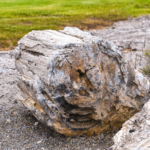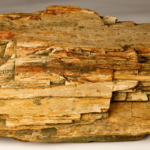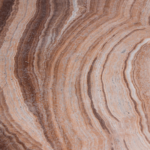ROCKS IN THE TRI-CITIES
Wherever you travel, whether to your backyard or some exotic location, looking at the local rocks is a great way to learn about the area you’re in. The land’s history is written on the rocks, so the shapes, textures, colors, and patterns you observe will reveal many stories. This guide will give you a start on interpreting, or reading, what the rocks in the Tri-cities area can tell you about how they formed. But it’s just a starting point. There’s a list of resources at the end to help you find out more.
The first thing to keep in mind is that rocks can be very, very old. The minerals that make up these rocks have been around as long as the earth and are rearranged over and over by forces such as water, wind, pressure, earthquakes, volcanoes, ice, and much more. But many of these processes take much longer than a human lifetime.
Another thing to consider is that humans have had a huge impact on the landscape, especially within an urban area. That means that any rocks you find in the city have had a good chance of being moved and changed by people. This just adds another interesting element to its story. It also means that there’s a chance the rock you find was formed some other place in the world and was brought here by another person, probably someone just as interested in rocks as you are!
It’s fine to identify rocks and leave them where they are. But if you want to keep some, make sure you have permission to collect them.

